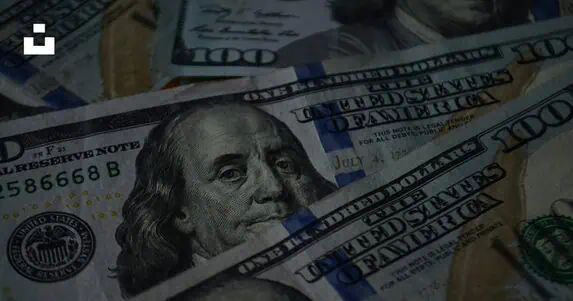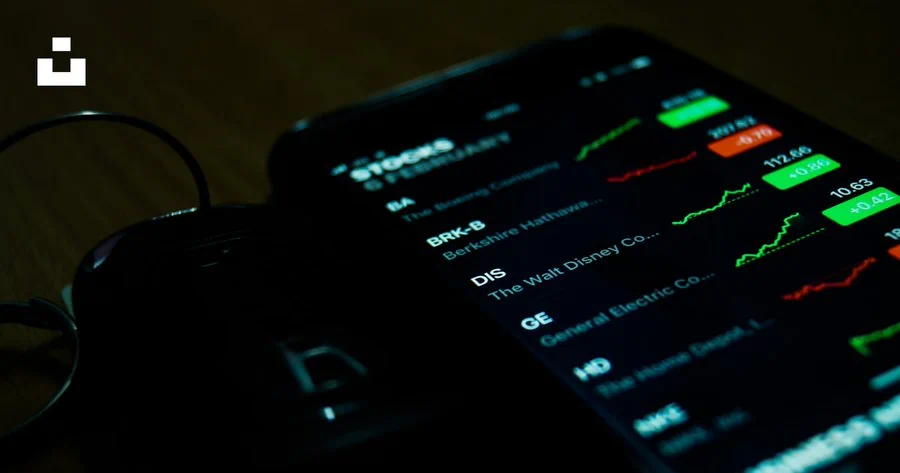
Millions of Americans still struggle with the heavy weight of student loan debt. With rising tuition costs, changing federal policies, and ongoing debates about loan forgiveness, borrowers need up-to-date information to navigate repayment, avoid default, and take advantage of relief programs.
In this comprehensive guide, we’ll cover:
✔ Current student loan debt statistics (2025)
✔ How student loan debt collection works
✔ Department of Education updates on repayment & forgiveness
✔ Impact of past and present political policies (including Trump-era changes)
✔ Strategies to manage or eliminate student debt
Let’s dive in.
2025’s Student Debt Crisis: A Growing Problem
As of 2025, total U.S. student loan debt in the U.S. has crossed $1.8 trillion, burdening more than 45 million Americans. The average debt per borrower is around $37,000, but many graduates owe much more—especially those with advanced degrees.
Key Student Loan Debt Statistics (2025)
- Nearly 92% of student debt comes from federal loan programs.
- Private student loans account for the remaining 8%, often with higher interest rates.
- Default rates have slightly decreased due to extended COVID-19 relief measures but remain a concern.
- Gen Z and Millennials hold the majority of student debt, with many delaying homeownership and retirement savings.
With such staggering numbers, understanding repayment options and debt collection processes is crucial.
How Student Loan Debt Collection Works
If you miss your payments, your loans could default, leading to strict collection actions. Here’s what happens:
Stages of Student Loan Default
- Delinquency (1-90 days late) – Late fees apply, but loans aren’t yet in default.
- Default (270+ days late for federal loans) – The entire balance becomes due, and the government can:
- Garnish wages (up to 15% of disposable income)
- Seize tax refunds
- Withhold Social Security benefits
- Send debt to collection agencies
Can You Stop Student Loan Collections?
Yes! Options include:
- Rehabilitation – Make 9 on-time payments to remove default status.
- Consolidation – Clear your defaulted loans by consolidating them with a Direct Consolidation Loan.
- Fresh Start Program (2025 Update) – A Biden-era initiative helping defaulted borrowers re-enter repayment without penalties.
Latest 2025 Student Loan News from the Department of Education
The U.S. Federal student loans are supervised by the Department of Education (ED), which often revises its policies. Here’s what’s new in 2025:
1. Student Loan Forgiveness Programs
Despite legal challenges, some forgiveness options remain:
- Public Service Loan Forgiveness (PSLF) – For government/nonprofit workers after 120 payments.
- Income-Driven Repayment (IDR) Forgiveness – After 20-25 years of payments, remaining balances are forgiven.
- Biden’s New SAVE Plan – Caps payments at 5% of discretionary income (down from 10%).
2. Changes to Interest & Repayment
- Interest capitalization paused for most federal loans.
- New hardship provisions allow payment pauses for unemployed borrowers.
3. Trump-Era Policies Still in Effect
While the Biden administration reversed some Trump policies, a few remain:
- Limited PSLF approvals due to stricter eligibility checks.
- Private loan refinancing incentives promoted under Trump still benefit some borrowers.
How to Get Student Loan Forgiveness in 2025
Wondering if you qualify for forgiveness? Here’s a breakdown:
1. Public Service Loan Forgiveness (PSLF)
- Eligibility: Government/nonprofit employees.
- Requirements: 120 approved payments under an IDR repayment plan.
- 2025 Update: Temporary waiver expired, but more payments now qualify under new rules.
2. Income-Driven Repayment Forgiveness
- Payments capped at 5-10% of income.
- Forgiveness after 20-25 years.
3. Borrower Defense to Repayment
- For students defrauded by for-profit colleges.
- Approvals increased in 2025 after policy updates.
4. State-Specific Forgiveness Programs
Many states (e.g., NY, CA) offer loan repayment assistance for teachers, healthcare workers, and other professionals.
Avoiding Student Loan Scams in 2025
With more borrowers seeking relief, scams have surged. Red flags:
- “Guaranteed” forgiveness – Only the government can approve forgiveness.
- Upfront fees – Genuine programs don’t ask for application fees.
- Pressure tactics – Scammers rush you into signing up.
Always use official ED resources (StudentAid.gov) for repayment help.
Final Thoughts: Managing Student Loans in 2025
Navigating student is challenging, but awareness helps:
✔ Avoid default and aggressive collections
✔ Qualify for forgiveness programs
✔ Navigate changing federal policies
If you’re struggling, explore income-driven plans, consolidation, or the Fresh Start program before your loans go into collections.
Need personalized advice? Contact the Federal Student Aid Helpline or a certified student loan counselor.
Have Questions About Your Student Loans?
Drop them in the comments below! We’ll help you find the best 2025 repayment strategies.

